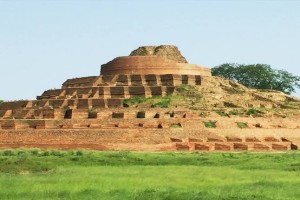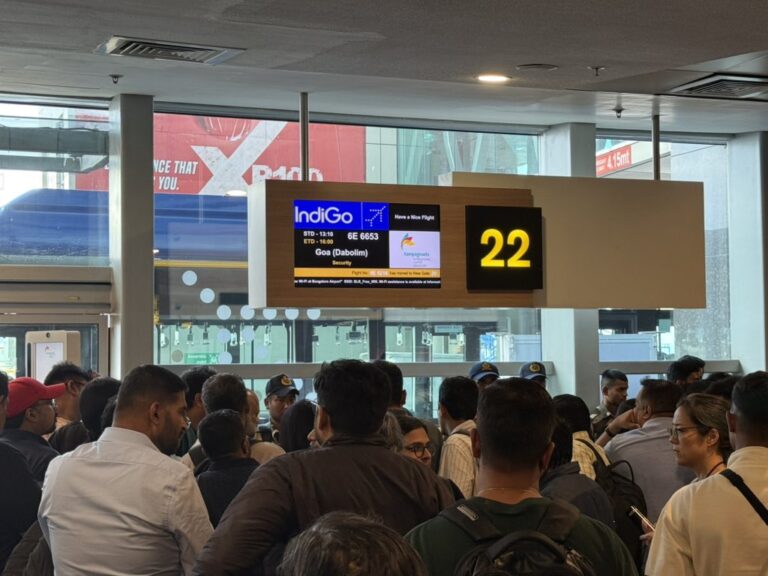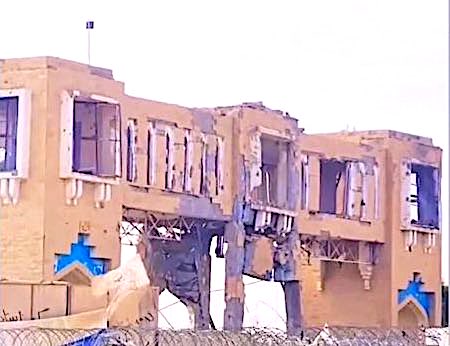
 By Nandini Bhushan
By Nandini Bhushan
Bihar has derived its name from the word “Vihar”, which means monastery, a place where monks lived together. It was here that Buddhism flourished in its initial day and the region was dotted with some of the important Buddhist monasteries or Vihars.
Such is the essence of its historical importance that Bihar itself represents history. Indian civilisation is believed to be one of the oldest civilisations in the world and Bihar has occupied the central place of activity and the seat of power for a major period of this great civilisation.
Yet, despite its historical importance, Bihar has been quite underrated and not a popular destination among tourists exploring the places witnessing great moments of history, largely because of the ignorance of people, just as most people are about Bihari cuisine. The fact is that Bihar has been an integral part of our glorious Indian history, yet it remains an unexplored historical travel destination, and has therefore been quite underrated among tourists. Blessed with remarkable relics and monuments from ancient dynasties and deeply linked with Indian history as a spiritual and learning center, it definitely deserves better treatment.
In this blog, I bring to you the historical sites of Bihar and its glorious past. Here is Bihar from the lens of an avid history lover to give you a chance to peep in the rich heritage of this glorious land of Buddha.
Also read: Tourist places of Bihar: A glimpse into ancient Magadh -Part 7
Kesaria
“Bihar is one of the oldest places in the world which has shown path to many greater countries in the past”
The Kesaria stupa is the biggest ever Buddhist stupa and its presence in Bihar has further upgraded the historical importance of the state. The kesaria stupa has been declared as the tallest ever excavated stupa in the world and is a shining example of Buddhist structure.

The stupa named Kesaria stands tall in Champaran district of Bihar situated at a distance of about 110 km from Patna. The structure is believed to have been built sometimes between 200 AD to 750 AD to honour the last days of Lord Buddha where he donated his begging bowl. According to the legend during the last few days of Lord Buddha’s life, he left Vaishali for Kushinagar. As a result a large group of people of Lichchavi tried to join him and they started to follow him in his journey. In spite of the repeated request by the Lord himself, they refused to leave his side and return. And eventually it was here in Kesaria that the followers were finally convinced to leave the lord’s side but since they were unhappy about it, Buddha gave them his begging bowl to cheer them up. It is also believed that the Lord sermonized his most respected discourse Kalama sutta here in Kesaria and further advised his followers to accept and practice his teachings only after observation, reflection and careful examination of the same.And subsequently it was here in Kesaria that he pitched his followers that his end was near and very soon he would reach Nirvana.

The stupa is believed to have been originally built during the reign of Ashoka the great to honour the last days of Buddha and was primitively made of mud. However the current structure is believed to have been built during the Gupta dynasty. The largest and tallest stupa stands almost 104 feet high with 140 feet of circumference. Although various attempts were made in the earlier centuries to excavate this area but nothing significant was found. The excavation reportedly began once again in the beginning of the 19 th century. In 1814 a team of explorers led by colonel Colin Mackenzie located the site and in 1861 – 62 minor excavation work was undertaken by the archeologists Sir Cunningham. The archeological Survey of India Patna circle in their recent excavation of Kesaria Stupa throws light upon the Buddhist history. They believe that the Kesaria stupa was also known by the other name as “Raja Ben ka Deora” that was built by the Lichchavis even before Lord Buddha attained enlightenment.
Evidences reveal that the remains of the capital of Ashoka pillar that originates from this period was found at this site and also reveals about the “pradakshina path” or the terrace around the stupa. Two other important findings include the figure of Lord Buddha in “Bhumisparsha mudra” and another sitting image made of soil along with pebbles in each of its layers. The decorated bricks, earthen lamps and other pottery are few other points of attraction. Many significant artifacts were excavated in the year 1988 that included islamic coins,arrowheads, inscriptions, earthen lamps, decorated bricks, defaced idols and other copper and terracotta items. Two significant Chinese travelers named Faxian and Huan Tsang had visited this stupa and mentioned it in their written works.
Although the site is a heritage monument and is highly popular among the tourists yet it is still not completely excavated. It is believed that further excavation would reveal many untold stories and facts that would help to fill up the missing link of the glorious past.






